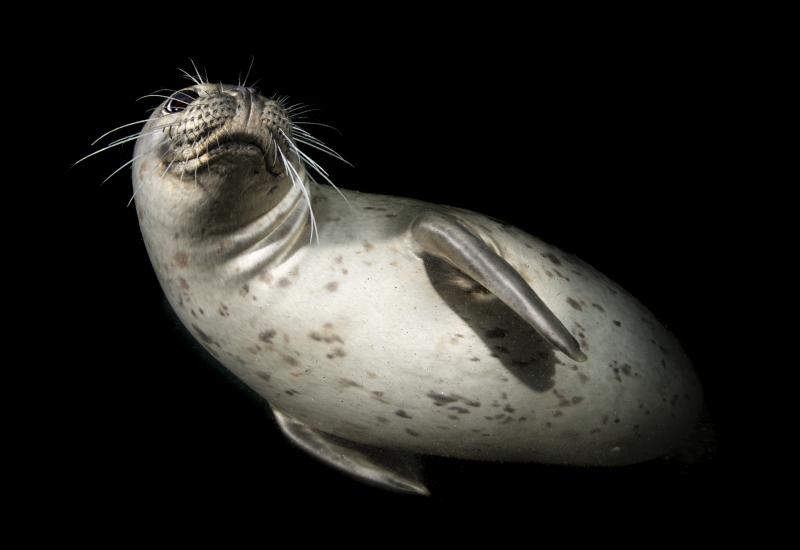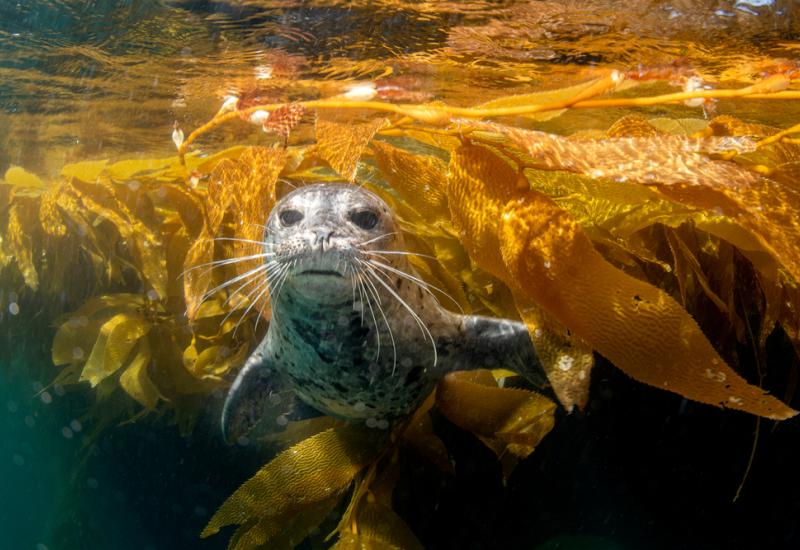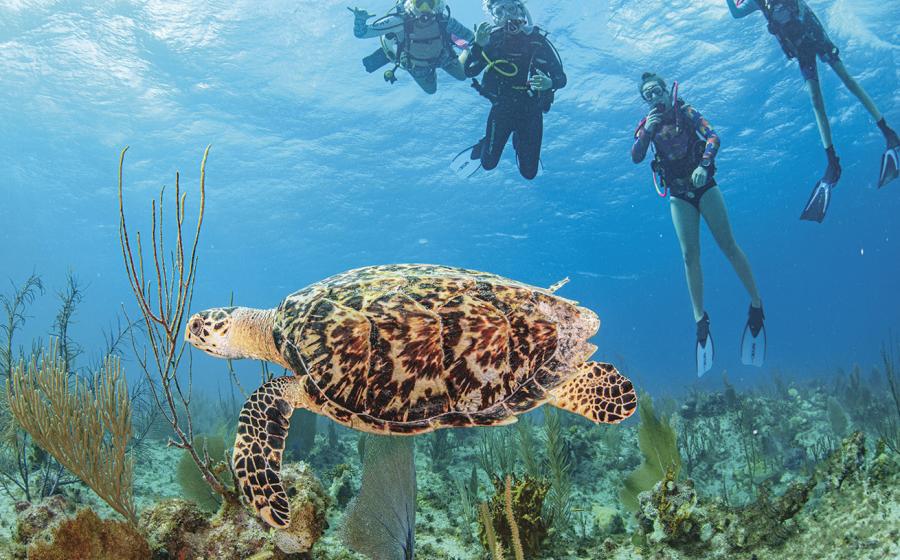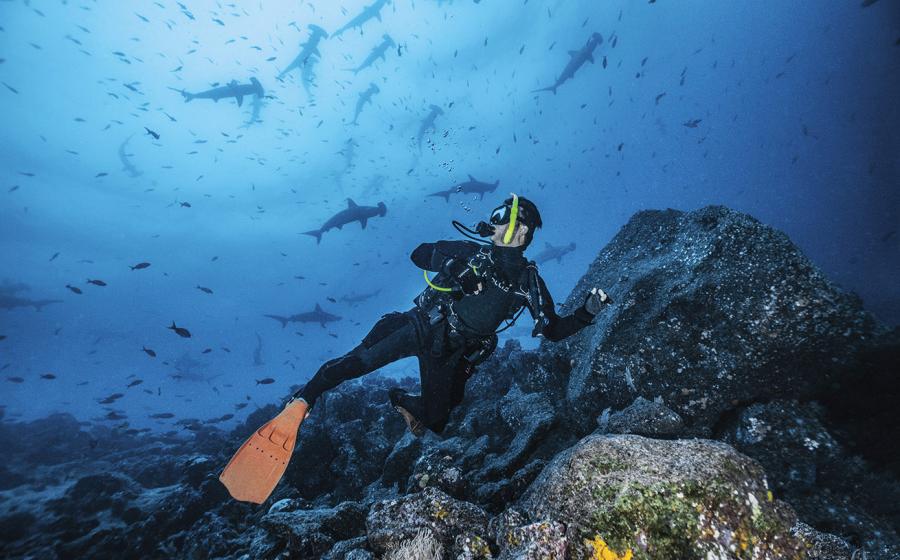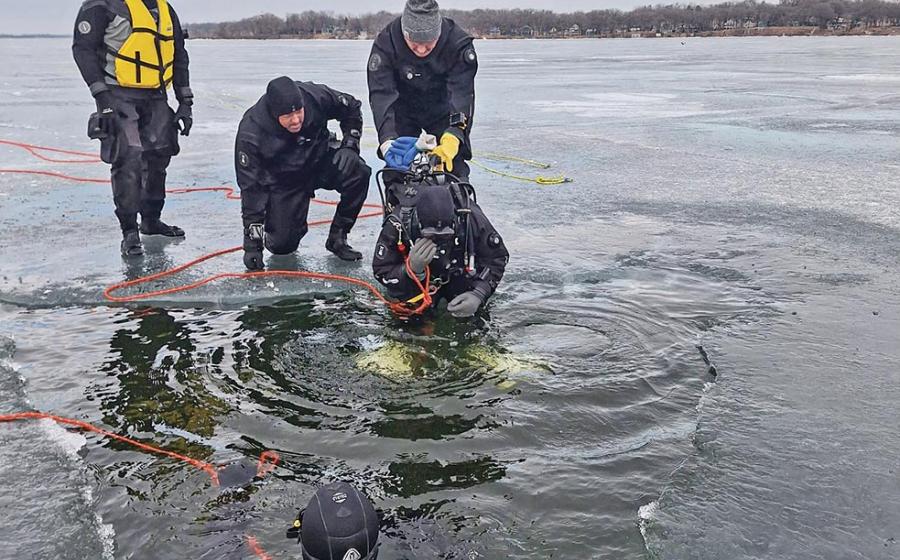California Drive and Dive

If you live along the coastline of California, chances are there's some diving nearby. This state has one giant blue-water playground off its shores, and it also has fairly good sized population living along the coast, so parking at the better sites is generally at a high premium. When you venture off on a drive and dive excursion, go prepared to be self-sufficient. Here are a few tips.
Rules of the Road Drive and Dive Tips
- Find out what the parking regulations are. You don't want to end your dive day with a parking ticket.
- Wear good sturdy booties for surf entries, especially over rocks. Do your homework, and find out where the recommended entry and exit point is.
- Use a beach blanket — or better yet a tarp — is necessary to keep your gear and wet feet out of the sand.
- Pack a save-a-dive kit and a first aid kit.
- Most beaches do not have a changing facility, so bring a changing robe or extra-large towel for discretion.
- Pack plenty of water. You'll need to rehydrate between dives, so take bottled water, or a 2.5 gallon dispenser (found at most grocers) to give gear and salty faces a freshwater rinse.
- Use a tank stabilization device in your trunk or the back of your truck to keep tanks from rolling around.
- Get to the site early for the best parking. There's nothing worse than having to lug your gear farther than you need to.
- Try paddling to the site. A sea kayak is great for getting to sites farther offshore that would otherwise necessitate a long surface swim
- Don't forget the sunscreen. Not too many big shade trees grow on beaches.
The Best Dive Sites
There's great diving all along California's coastline, but here are a few of our favorites:
Refugio State Beach
Besides anemones and nudibranchs, there's a thriving collection of starfish among the rocks, including big bat stars, sun stars, blood stars and varieties you've never seen before. This is a transition zone between southern and central California, and what you see on a dive varies, depending on conditions.
You can easily launch an inflatable or a kayak from Refugio because the beach is flat and close to asphalt. Take a tank and explore to the west toward Tajiguas or to the east toward El Capitan for more reefs, more kelp and more solitude.
Casino Point Underwater Park
OK, we know it's not on the coast. You have to take a ferry to get to Catalina Island, but once you get there, it's a great shore dive.
You've got every terrain here, from sand to rock pile to walls and ledges. You've got depths from snorkeler shallow to tech deep. You've got wrecks and kelp and lots of animal life from big sea bass and harbor seals to stars and anemones with lots of senoritas and garibaldi, sheepshead and calicos, moray eels and lobster in between. All of them are unusually approachable because they've been protected for many years. Add the clearest and warmest water in the state, convenient air fills, pavement (not sand) to gear up on and a wall to sit on while you do it, an easy entry (stairs!), no long surface swim and you've got an easy dive in aquarium-like conditions.
At the end of the sidewalk just past the Casino is a large paved area. The air fill truck is here and so are the stairs into the water.
Keep an eye out for garibaldis, Catalina's signature species. The bright orange fish are often found nesting here.
Point Lobos State Reserve
You must have a buddy and a BC, you must enter at the boat ramp in Whalers Cove, you may dive only in Whalers Cove and Bluefish Cove, and you may not touch, tease, chase or bother anything. Possession of banned substances--meaning hunting gear--is strictly prohibited.
But this is one club worth the hassle of admission. Inside, it's truly wild. Powerful, cold ocean currents funnel plankton through the canyons, crevices and caverns of the reserve, generating an explosion of life. Hydrocorals, stars and anemones in dozens of species and twice as many colors cover every rocky surface. Clouds of blacksmith and bluefish sheltering under the kelp are so approachable they seem tame. Large-animal encounters with seals, sea lions, leopard sharks and lingcod are common.
Several "rooms" open out from the entry at the boat ramp. To the right is Coal Chute Cove with several caverns. One, at 25 feet deep on the south shore of the cove, is a tunnel through the the point back to Whalers Cove. Though the entrance is comfortably wide, the tunnel narrows considerably before it ends in Whalers Cove. That will accelerate any surge, making a transit dangerous in anything but a flat calm. But it's a remarkable journey. Filter-feeding sponges are abundant along the ceiling and upper walls, and the walls and boulders are painted in their richly colored hues.
Shaw's Cove, Laguna Beach
Nowhere is the land/sea contrast more striking than at Shaw's Cove in Laguna Beach. In summer, the town is jammed with tourists. But Shaw's Cove and a mystery world called The Labyrinth is far removed from the town's conspicuous consumption. Turn off the Pacific Coast Highway at Fairview and drive one block toward the ocean to Cliff Drive. Gear up and trudge down the stairs to the beach and wade in. Follow the west wall of the cove past the surf line until the bottom depth reaches about 30 feet. A canyon is to your right with an arch over it.
Swim under and into an area of crevasses, canyons, chutes and tunnels, jeweled like Aladdin's Cave with anemones, nudibranchs, urchins and stars. The canyon walls lean in above you, and in the gloom cracks and crevasses appear on both sides. After passing over a large rock in the floor, the canyon becomes tighter, the overhanging walls almost touching above you. Now you're in a cave, or rather a tunnel, as the end of the canyon opens into Crescent Bay, the next cove to the west. If the ocean is still, you can actually pass through, but any swell is magnified in the narrow reaches of the canyon and the many rocks on the floor make this dangerous.

